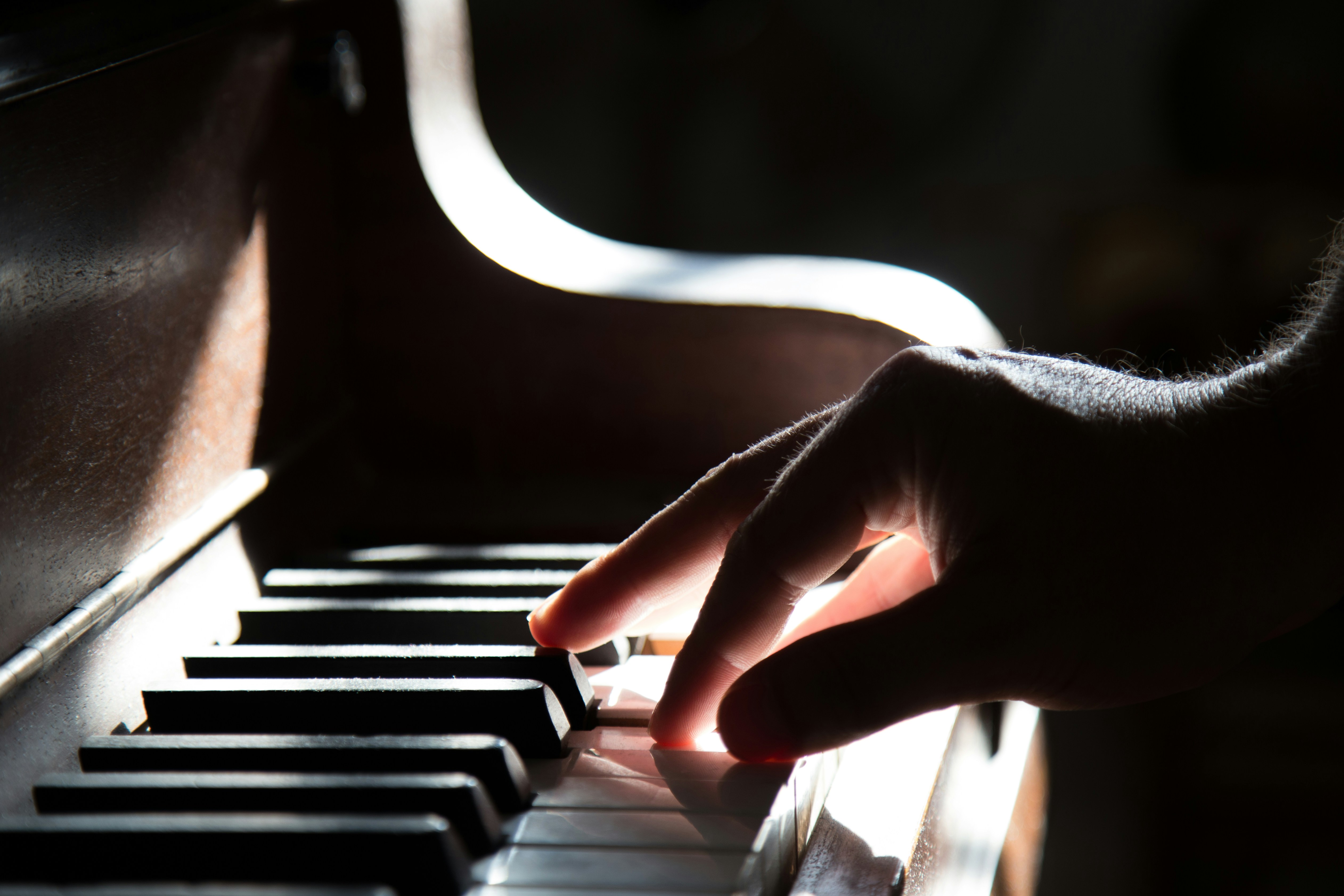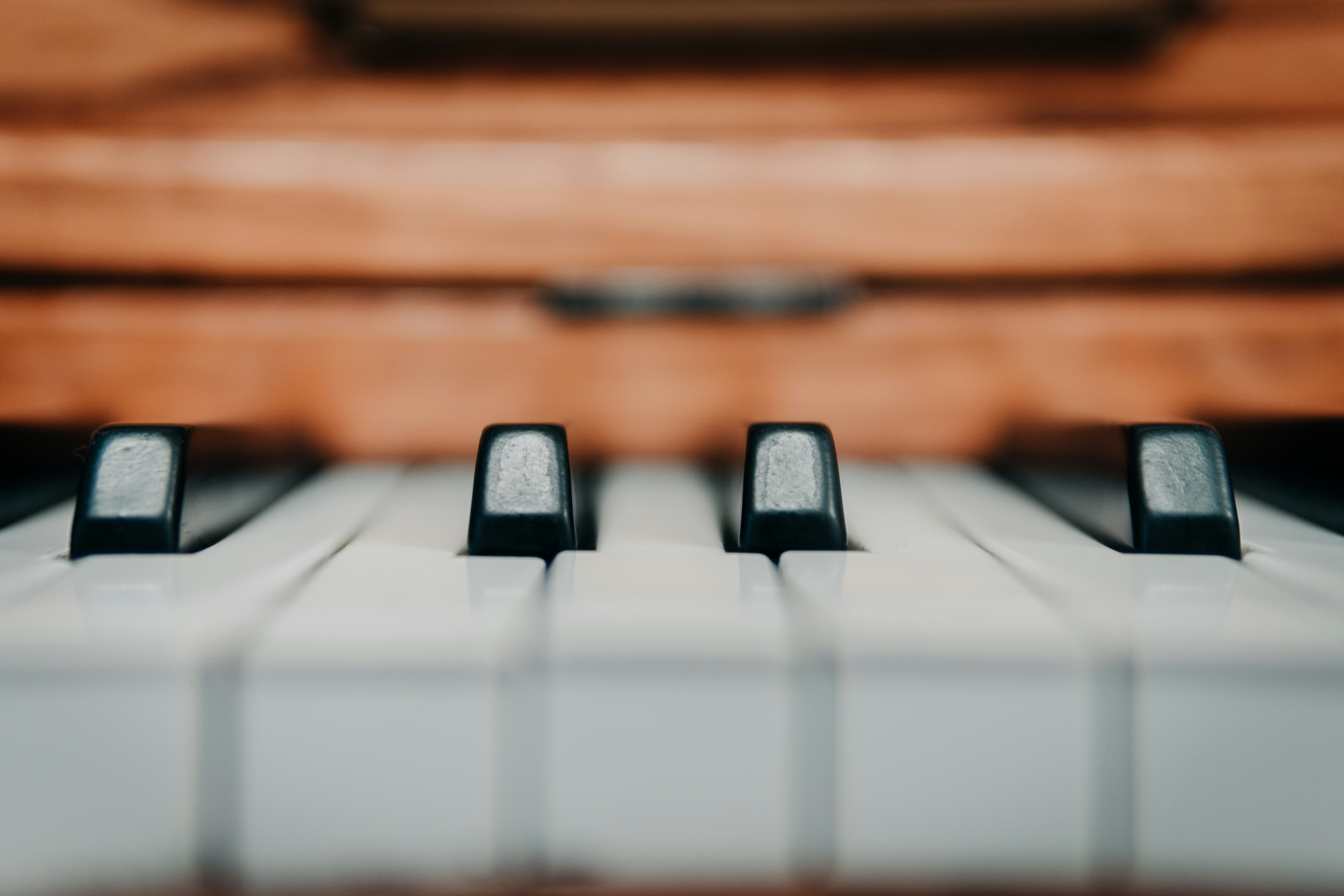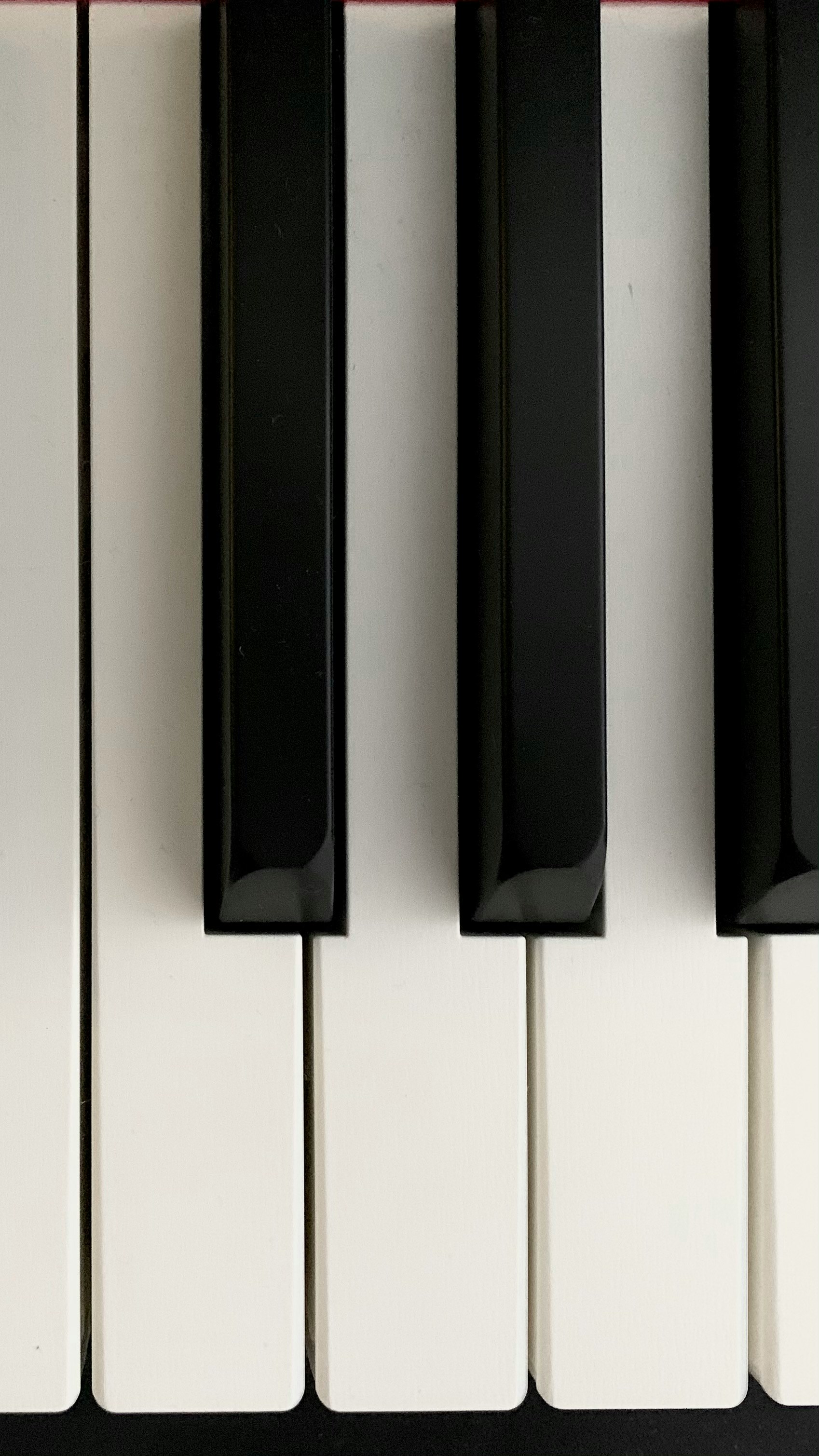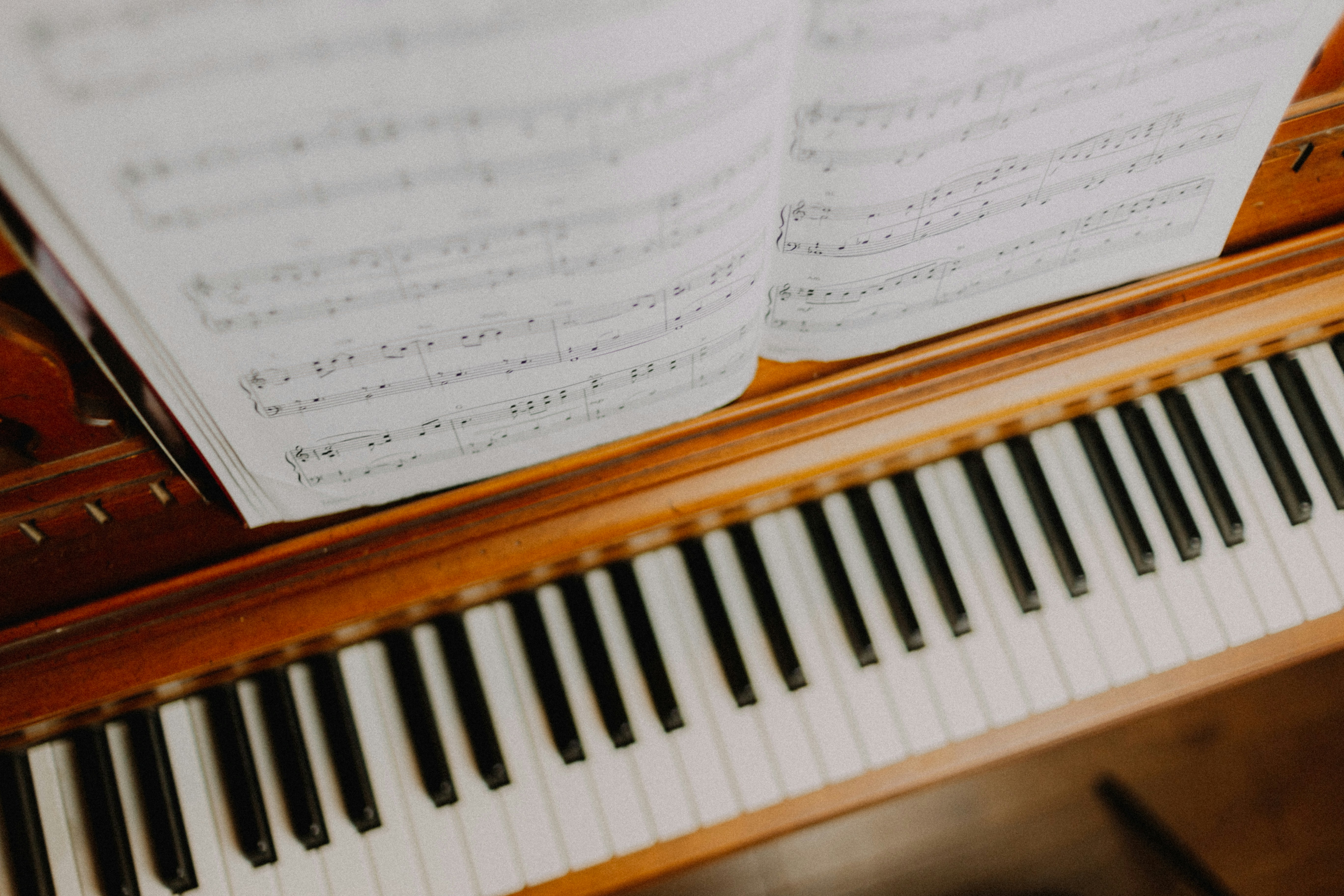Anyone attending a piano recital is often confronted with a plethora of work names, such as prélude, nocturne, sonata and étude. What do these names mean and what defines these pieces? In our short piano lexicon, we introduce you to the major genres of piano music one at a time.

What is a mazurka?
What the Viennese waltz is to Austria, the mazurka is to Poland: a dance that is inextricably linked to the nation’s identity.

What is a prepared piano?
A piano can be so much more than a piano: percussion, noise machine, gamelan orchestra...

What is an impromptu?
The term comes from the French and means “unprepared”, or “improvised”. Someone performs something quite spontaneously off the cuff.

What is a piano sonata?
Anyone who plays the piano – whether professional or amateur – cannot avoid it: the piano sonata. But what exactly is it?